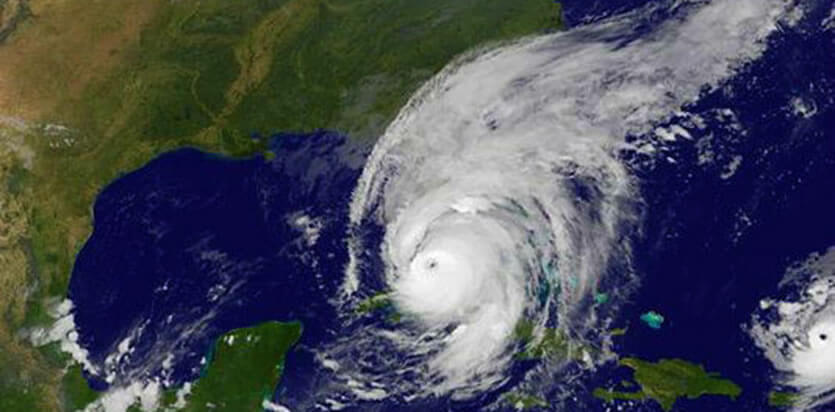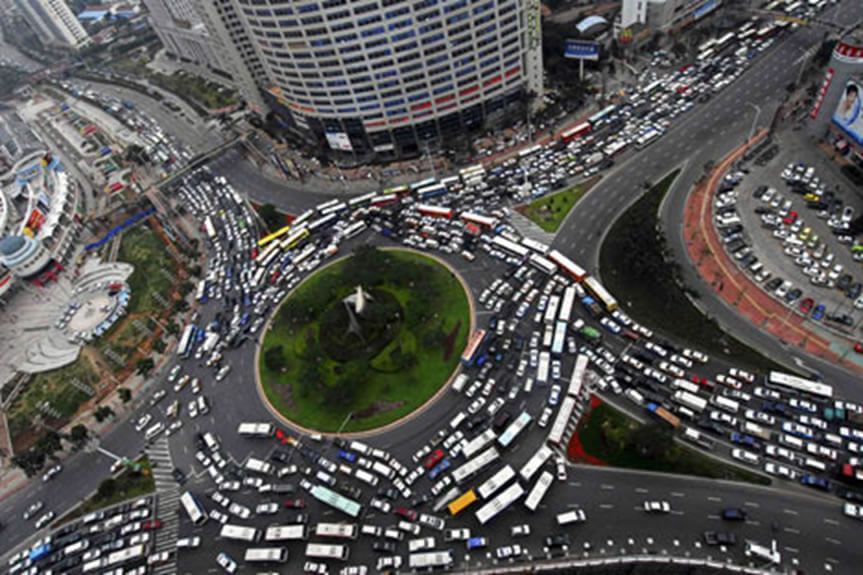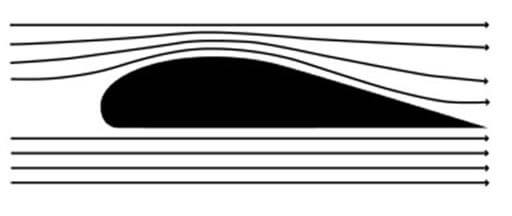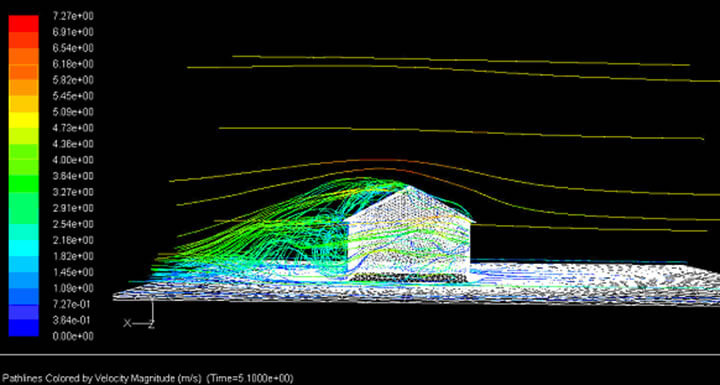I hear these silly things people say all the time about hurricanes. From conversations in line at the grocery store to people telling me how they believe they will be safe in the next storm. They are flat out wrong, and here’s why:
1. I’m safe since my windows are not facing east
a. Just look at a hurricane, it’s a big circle. Storm winds come from 360 degrees with equal force in all directions. Just think about it and look at the photo below. Everyone in Florida during Irma was getting wind from a different direction at a different time as the storm moved up the coast. The geometry of your area and wind pressure are the real hazards in the storm as will be explained. Read on…

2. I’m safe because I was standing on the side of the building opposite the wind
a. It takes a lot more than what can be described here to explain that it’s the wind pressure more so than the wind speed that’s the bigger culprit in hurricanes. An easy way that I explain it to people is to think of a traffic jam. Each car is like an air molecule. When the wind slows down like traffic slows down, the molecules (cars) bunch up and get closer together and the pressure rises. When the wind speeds up like the cars coming out of the traffic circle below, they spread out and the pressure drops. With a cyclical storm blowing gusts for hours, the pressure rises and falls thousands of times and ‘pressurizes’ your house (even your ears, did you feel it during Irma or Harvey?). Buildings can’t equalize the pressure that rapidly and it’s that force that causes damage, even on the backside of buildings as the air molecules create a suction as they speed up by going around a building.

3. The winds were only going to be ‘whatever’ miles per hour
a. First of all, Hurricanes are very large and unpredictable on a micro-level. How many wind meters do you think we have measuring storms? 10? 100? Divide that by all the area a storm covers for each moment of time and that’s very poor odds. Less than 0.1% of Sandy’s winds were measured during the storm, and many of the wind meters were proven inaccurate shortly after the storm and everyone heard what the wind speed was.
Second, you may have heard of something called Bernoulli’s Principal. That’s where air or water are squeezed through smaller openings and speed up to compensate for the smaller opening area. This happens everywhere wind blows, around buildings, past obstacles and landmarks everywhere. The photos below are a visual example of wind speed passing through a row of buildings. Not only does the wind speed up, but it’s the differential speeds in wind that cause rotation and suction forces as explained above and create microbursts and mini (and sometimes large) tornadoes.
This video from the Engineering Express archives illustrates how winds passing around buildings form these wind force multipliers and vortexes

Another example to explain that wind is never uniform and creates so many of these wind turbulence forces is to take note of when trees blow during a storm. If you were to describe the wind as simply ‘XX’ miles per hour, all the leaves and branches would blow over at the same time uniformly. They just don’t though, and it’s a great measure that at any given time, the wind is blowing at different velocities at different places, constantly creating pressure differentials and the vortex forces seen in the video above. In a cyclical event like a hurricane, they become exponentially more dangerous as winds increase to catastrophic levels.

4. The product on my house is rated for ‘XXmph’ winds
a. There isn’t one formula for wind velocity to wind pressure. A single wind speed can result in many different pressure coefficients on a single structure at any given time, and completely change over and over again with wind direction. The below illustration is taken from the design guide engineers use which the building code refers to.

Another way to think of the force that wind pressure can exert on a structure is to think of the lift of an airplane from the lift of its wings. The pressure is lower on top of the wing than under the wing and the plane ‘lifts’ to fill in that vacuum. If that force is big enough to lift a huge, heavy airplane, imagine the potential damage to a building, especially with hours and hours of unmeasured wind gusts.


This image is yet another way to explain the turbulent forces that a wind gust places on a structure. It can easily be seen there are a lot more forces on a building than just a single wind speed.

5. Even though I’m close to the ocean, I’m safe with the estimated wind speeds
a. What few people know is that wind speed multiplies the resulting pressure over large bodies of water and open areas like golf courses and lakes. Think of it as an airplane that has enough runway to take off. Buildings obstructed by wind by other buildings and rough terrain are more the ‘normal’ way to interpret wind pressure, while a little-known multiplying factor is to be applied to the more open areas. This is referred to as Exposure Category ‘D’ in ASCE-7. Examples and more explanations of Exposures B, C, and D can be found by clicking here. An illustration of how Exposure D works is below.

Last words: Scientists have been studying the behavior of hurricanes since we first experienced them and there’s still a lot to learn. Every hurricane needs to be taken seriously because even what you may consider minor damage could have big consequences.
